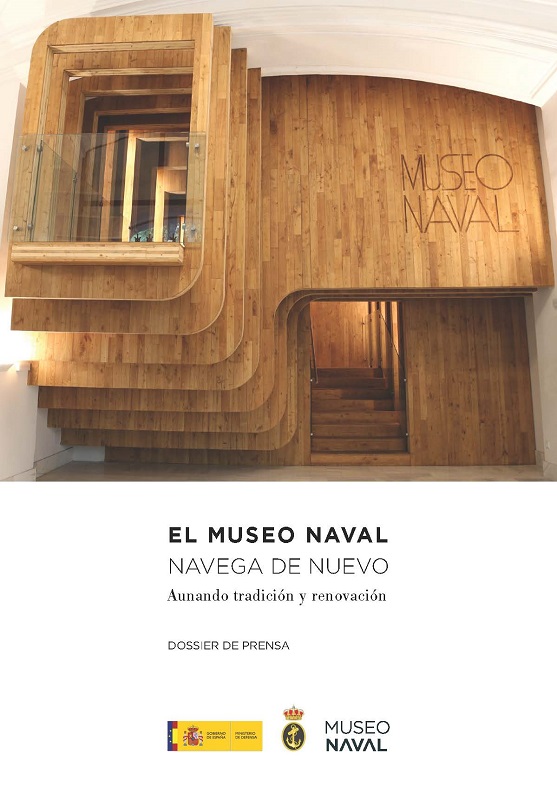Historia del Museo Naval

The origin of the Museum dates back to the Royal Order of 28 September 1792, by which Antonio Valdés y Fernández Bazán, Carlos IV's Secretary of State for the Navy, promoted the creation of a Navy Museum in the town of San Carlos (Cádiz). This was an enlightened project designed with an educational vocation to contribute to the instruction of the midshipmen, students aspiring to become officers in the Spanish Navy.
With this objective in mind, the collection of materials to create the collections began. The naval captain José Mendoza y Ríos was commissioned to France and Great Britain to purchase books, charts, nautical instruments and ship models, and naval lieutenants Martín Fernández de Navarrete, José de Vargas Ponce and Juan Sanz y de Barutell visited a number of Spanish archives and copied manuscripts on naval matters. However, the replacement of Valdés as head of the Ministry and the political events of the late 18th and early 19th centuries thwarted the project. The book holdings were sent to the Library of the Hydrographic Office and the scientific instruments were transferred to the Naval Observatory in Cádiz.
The initiative was taken up again fifty years later with modifications to the original project. The Museum was finally installed in Madrid, losing its educational function in order to offer an overview of the Navy of the time. Thus, on 19th November 1843, on behalf of Queen Isabella II, the Museum was opened in the Palacio de los Consejos, in Calle Mayor. Since then, it has been housed in different locations to suit its needs.
In 1845, the rapid growth of the Museum's holdings led to their transfer to the Casa del Platero in Calle Bailén, from where they moved in 1853 to what had been Manuel Godoy's house, the Palacio de los Ministros, next to today's Senate House. Queen Isabella II reopened the Museum in a solemn ceremony at this new location, and the first catalogue of the collection was distributed.
In 1930 a Royal Decree created the Royal Board of Trustees of the Naval Museum, of which Alfonso XIII was to be Honorary President. In 1932 the Museum moved to the recently inaugurated Ministry of the Navy, now the Navy Headquarters. Rear Admiral Julio Guillén Tato was the director of the institution from that date until 1972, and he promoted and consolidated the institution. His successor, Rear Admiral José Ignacio González-Aller, refurbished it in 1992 and configured the current layout of the galleries evoking the Romantic style.
The Museum's holdings and spaces were in poor condition due to the passage of time. The deterioration of many of them, as well as the need to adapt them to the new uses of a 21st-century museum, prompted a process of renovation based on two fundamental elements: the public and the collections. Begun in 2018, the works on the Naval Museum have lasted two years, resulting in a renovated museum. With the aim of facilitating visits to the Museum, accessibility has been improved by providing a new reception area for visitors. In addition, with regard to the collections, new conservation systems have been implemented and the exhibition discourse has been rearranged in order to convey the Museum's contents more clearly.
Dossier de prensa: "El Museo Naval navega de nuevo"





